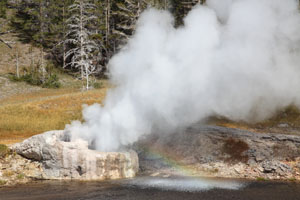
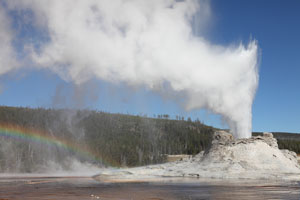
Riverside Geyser
Castle Geyser
 |
 |
Riverside Geyser |
Castle Geyser |
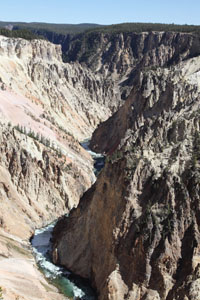 |
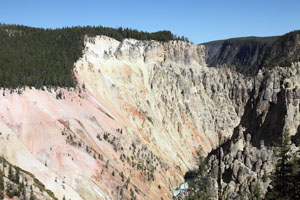 |
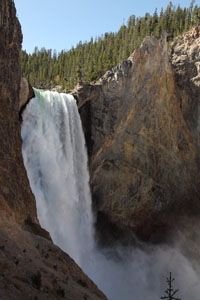 |
|
Grand Canyon of the Yellowstone |
Grand Canyon (View Artists Point) |
Lower Falls |
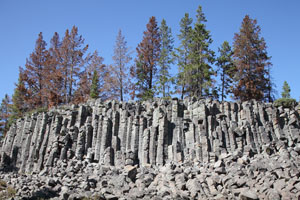 |
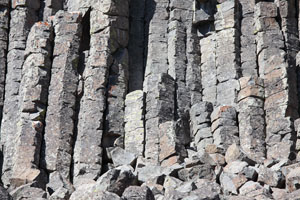 |
|
Sheepeaters Cliff, Basalt Column |
Closeup, Basalt Column |
|
Snake River Hotspot Track (Sketch based on Fig.1 Branney et al. 2008, Bull. Volcanol. 70, p293-324) |
Yellowstone Annotated Map (Sketch based on USGS and NPS maps) |
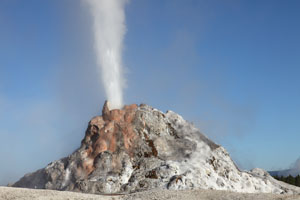 |
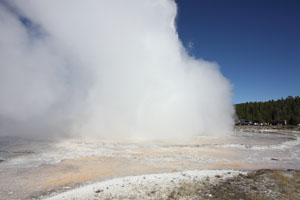 |
|
Dome Geyser (White Dome) |
Fountain Geyser (Great Fountain) |
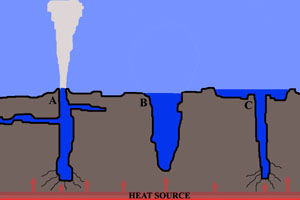 |
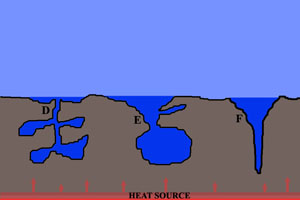 |
|
Geyser Types ABC |
Geyser Types DEF |
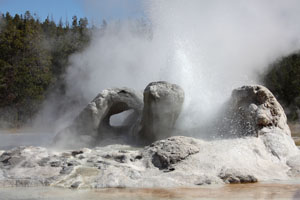 |
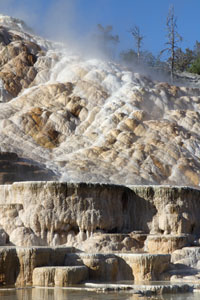 |
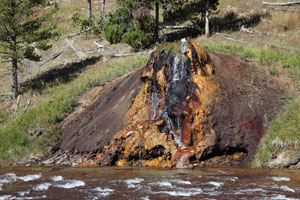 |
|
Grotto Geyser, Siliceous Sinter (Geyserite) Cone |
Palette Spring, Travertine (Calcareous Sinter) Terraces |
Chocolate Pots, largely Ferrous Sinter |
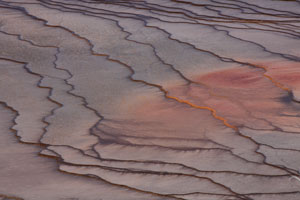 |
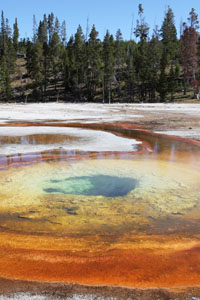 |
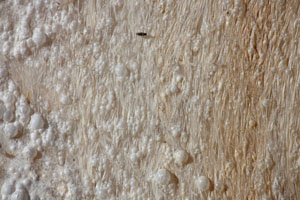 |
|
Cyanobacterial mat-covered sinter terraces, Grand Prismatic Spring |
Chromatic Pool - Multiple Colours thanks to several microorganisms |
Floating layer of microbes at Mammoth Hot Springs |
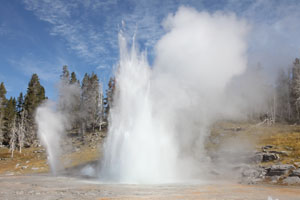 |
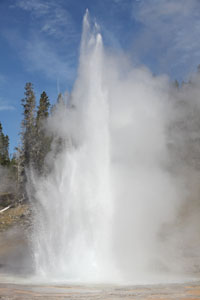 |
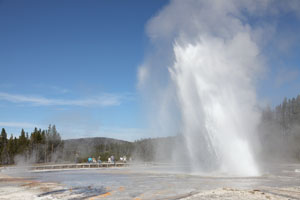 |
|
Grand Geyser |
Grand Geyser |
Daisy Geyser |
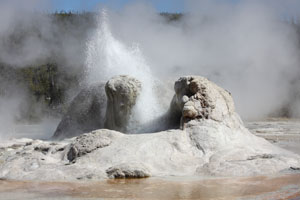 |
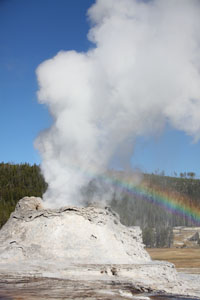 |
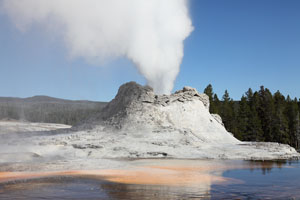 |
|
Grotto Geyser |
Castle Geyser, Steam Phase |
Castle Geyser, Steam Phase |
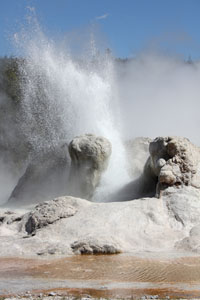 |
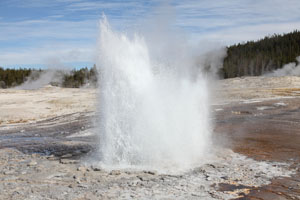 |
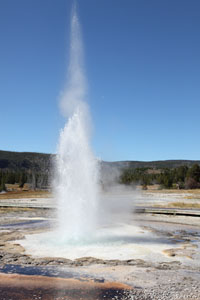 |
|
Grotto Geyser |
Plume Geyser |
Sawmill Geyser |
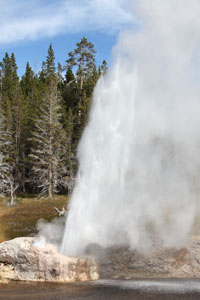 |
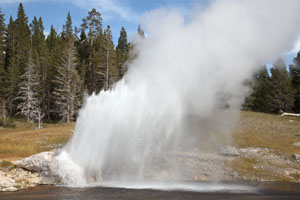 |
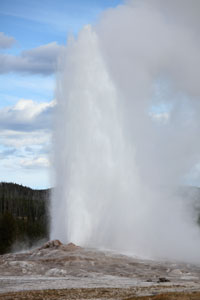 |
|
Riverside Geyser |
Riverside Geyser |
Old Faithful Geyser |
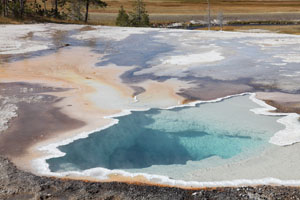 |
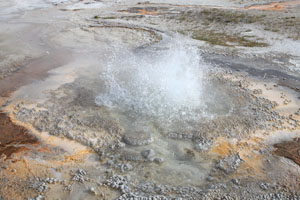 |
|
Heart Spring |
Anemone Geyser |
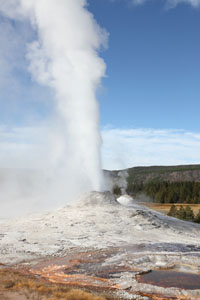 |
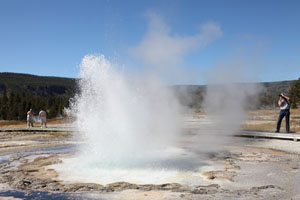 |
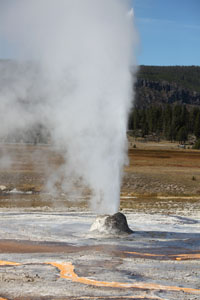 |
|
Lion Geyser |
Sawmill Geyser |
Beehive Geyser |
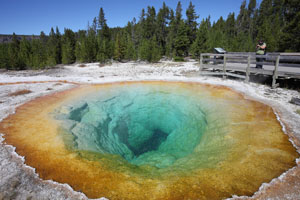 |
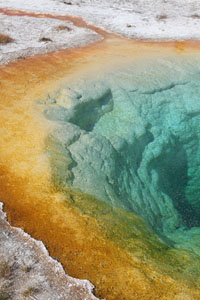 |
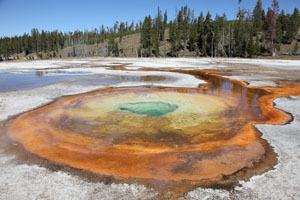 |
|
Morning Glory Pool |
Morning Glory Pool |
Chromatic Pool |
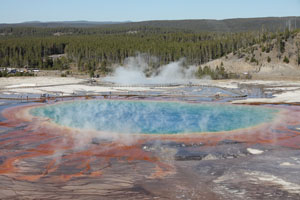 |
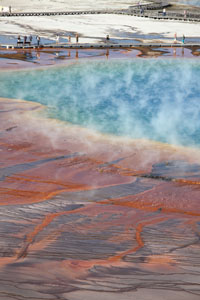 |
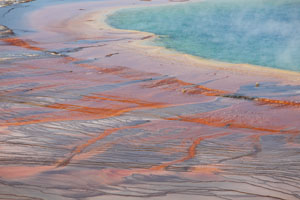 |
|
Grand Prismatic Spring |
Grand Prismatic Spring |
Grand Prismatic Spring |
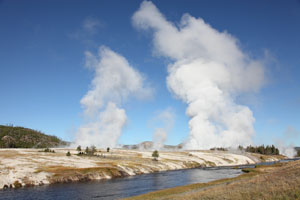 |
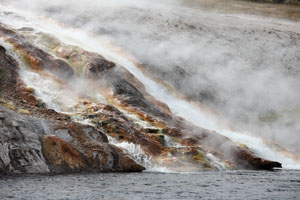 |
|
Steam Rising over Midway Geyser Basin |
Excelsior Geyser Overflow into Firehole River |
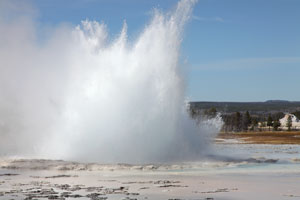 |
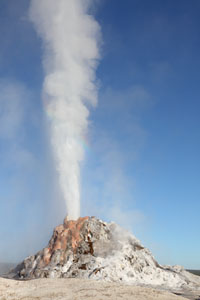 |
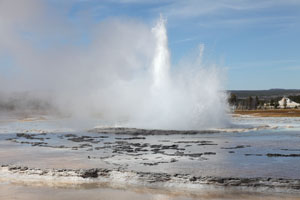 |
|
Great Fountain Geyser |
White Dome Geyser |
Great Fountain Geyser |
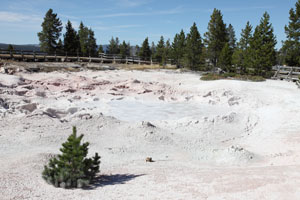 |
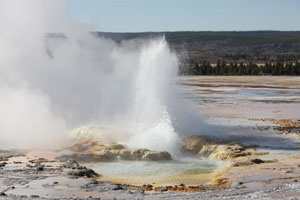 |
|
Boiling Mud Pots, Fountain Paint Pot Area |
Clepsydra Geyser |
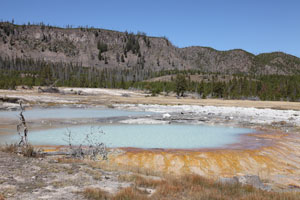 |
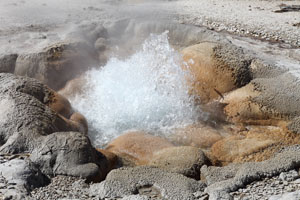 |
|
Hot Springs, Biscuit Basin |
Shell Geyser |
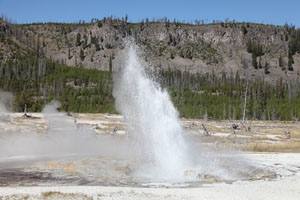 |
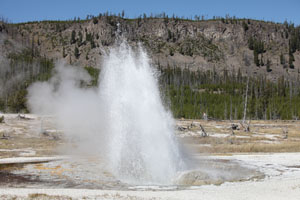 |
|
Jewel Geyser |
Jewel Geyser |
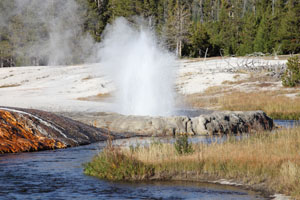 |
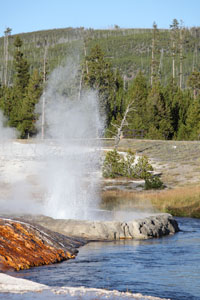 |
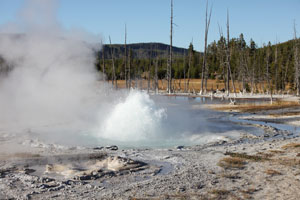 |
|
Cliff Geyser |
Cliff Geyser |
Spouter Geyser |
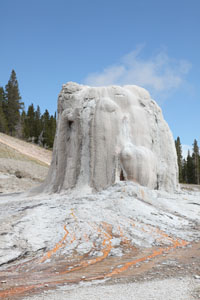 |
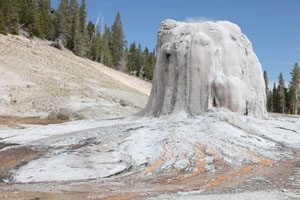 |
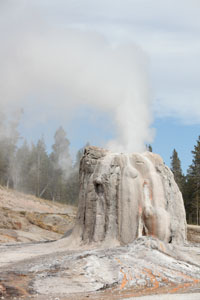 |
|
Lone Star Geyser |
Lone Star Geyser |
Lone Star Geyser, Steam Phase |
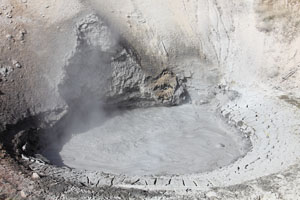 |
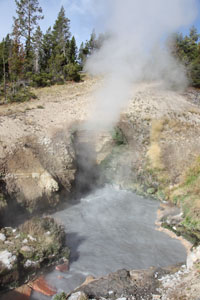 |
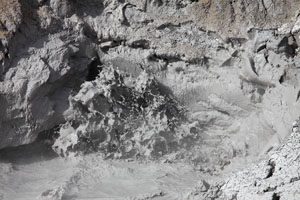 |
|
Mud Volcano |
Dragons Mouth Spring |
Mud Volcano |
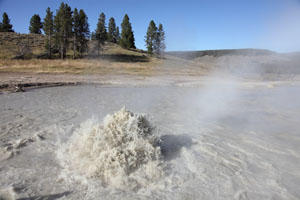 |
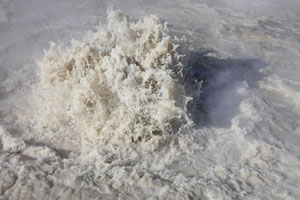 |
|
Churning Caldron |
Churning Caldron |
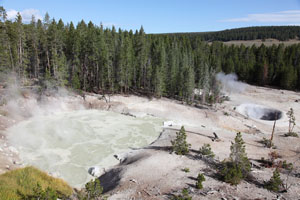 |
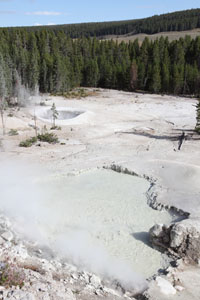 |
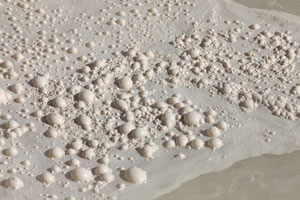 |
|
(Left) Sulfur Caldron |
(Right) Sulfur Caldron |
Bubbles on Surface of (right) Sulfur Caldron |
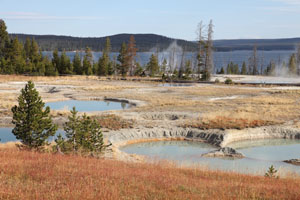 |
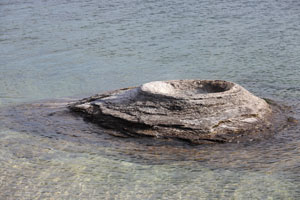 |
|
Hot Springs |
Fishing Cone |
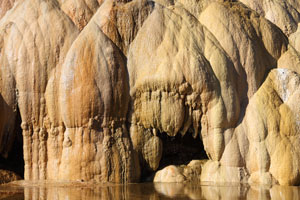 |
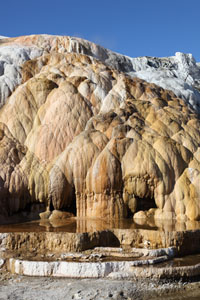 |
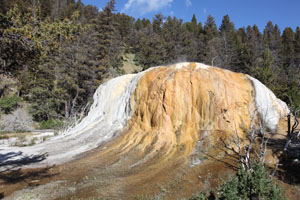 |
|
Cleopatra Terrace |
Cleopatra Terrace |
Orange Spring Mound |
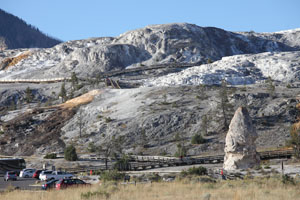 |
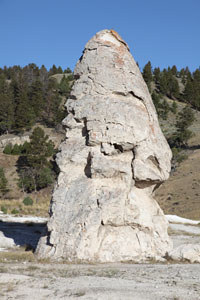 |
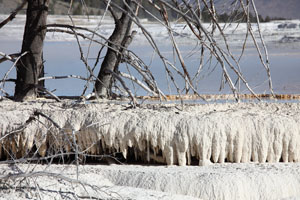 |
|
Mammoth Hot Springs, Overview |
Liberty Cap, Exposed Spring Deposit |
Main Terrace Overflow |
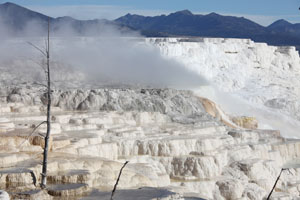 |
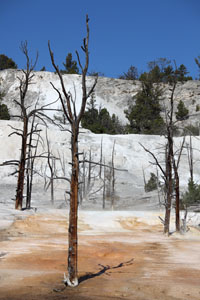 |
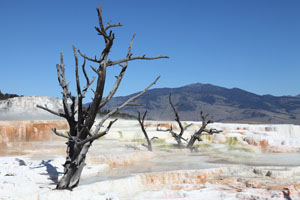 |
|
Main Terrace |
Angel Terrace |
Main Terrace |
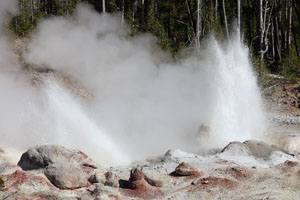 |
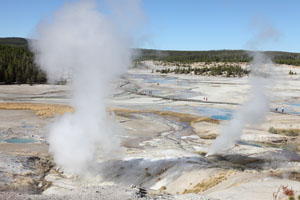 |
|
Steamboat Geyser, Minor Activity |
Norris Geyser Basin, Overview northern section |
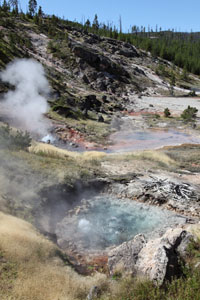 |
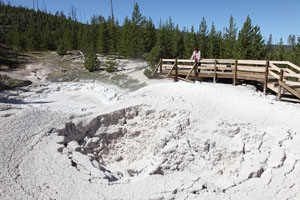 |
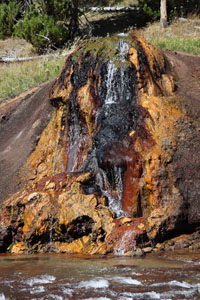 |
|
Artists Paint Pots Area |
Boiling Mudpots, Artists Paint Pots Area |
Chocolate Pots |